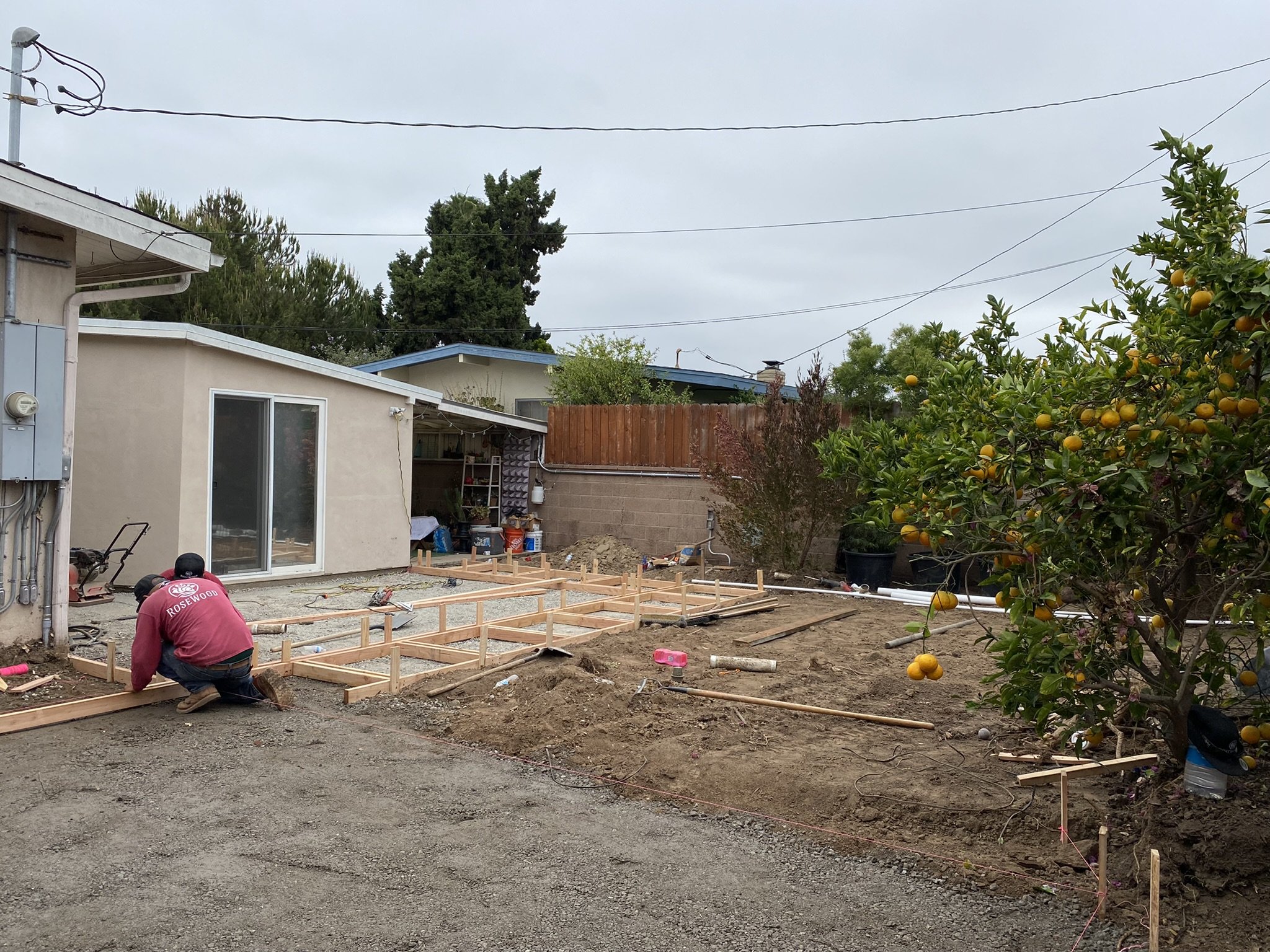From Concept to Reality: The Residential Landscape Design Process Explained
The landscape design process is a carefully orchestrated series of steps, from initial concept to final installation, that combines creativity, expertise, and collaboration to transform ideas into reality.
The first step in the residential landscape design process is the initial consultation between the homeowner and the landscape designer. During this meeting, the designer takes the time to listen to the homeowner's goals, preferences, and budgetary considerations. By understanding the homeowner's vision for their outdoor space, the designer can begin to develop a conceptual framework that will guide the rest of the design process.
Once the initial consultation is complete, the designer conducts a thorough site analysis to assess the existing conditions of the property. This includes evaluating factors such as topography, soil quality, drainage patterns, and existing vegetation. By understanding the unique characteristics of the site, the designer can identify opportunities and constraints that will inform the design solution.
With the site analysis complete, the designer begins the conceptual design phase, where ideas take shape and initial concepts are developed. This may include sketching out preliminary layouts, selecting key design elements, and exploring different materials and plant palettes. Throughout this phase, the designer works closely with the homeowner to refine the design vision and ensure that it aligns with their aesthetic preferences and functional needs.
Once the conceptual design is approved, the designer moves on to the detailed design phase, where plans and specifications are finalized. This includes creating scaled drawings, selecting specific materials and plant species, and developing detailed construction documents that outline the project scope and specifications. During this phase, the designer may also collaborate with other professionals such as engineers, contractors, and horticulturists to ensure that the design meets all technical requirements and regulatory standards.
With the detailed design complete, the final step in the residential landscape design process is the installation phase, where the design vision is brought to life on-site. This involves coordinating with contractors, overseeing construction activities, and ensuring that the design is implemented according to plan. Throughout the installation process, the designer serves as a liaison between the homeowner and the construction team, providing guidance and support to ensure that the project stays on track and meets the homeowner's expectations.
The residential landscape design process is a multifaceted journey that requires creativity, expertise, and collaboration every step of the way. From concept to reality, the designer's role is to translate the homeowner's vision into a beautifully crafted outdoor space that enhances their quality of life and brings their dreams to life. So whether you're dreaming of a serene garden retreat or a vibrant outdoor entertaining area, the residential landscape design process offers endless opportunities to transform your outdoor space into a place of beauty, function, and inspiration.


